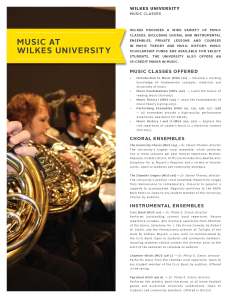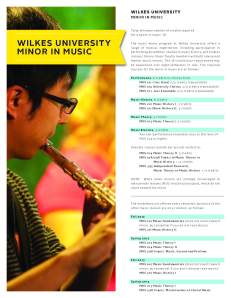I’m heading to Tokyo! Why? To continue my study of ryuteki (龍笛 Dragon Flute: medieval Japanese flute) and gagaku (雅楽 Elegant Music: ancient imperial court instrumental and dance music), of course!
As part of the Medieval Institute for Japanese Studies out of Columbia University I was awarded a grant to spend 6 weeks of structured study in this specialized field from members of the Gagaku Ensemble Reigakusha, Ono Gagaku-kai, and Kunitachi College of Music.
I will be joining Chatori (Japan), Henry (Australia), and Junjie (China) who will travel on the 21st. Chatori and Henry are both sho players (mouth organ) and Junjie plays koto at Columbia.
My purpose for this research and performance practice is to learn from the master teachers who are the most knowledgable in their field since private study does not seem to be possible in NYC.
The picture below is from my first concert with Columbia Gagaku Ensemble of NY. Teachers from the Reigakusha Gagaku Orchestra taught private lessons and coach rehearsal as a joint collaboration. These teachers are the mentors and coaches of the summer program that I will be attending.
Please follow my photos of the trip at http://instagram.com/piccolish.

Photo by: George Hirose






